Washington and Lee University professors, students and parents are angry about the lack of preparation before, and information following, the Nov. 1 lockdown.
Professors said they felt unprepared to keep their students safe. Students said they remain confused about the nature of the threat and the purpose of a building-by-building search. And parents are frustrated that they had to learn about the lockdown through social media rumors rather than direct communication from the university.
“Psychological harm was done yesterday to many,” Wendy Randall Wall said on the Washington and Lee Parents Facebook page Nov. 2. “This was not a drill but real to these students. Many of our kids were traumatized by the situation as it was.”
A lack of specific communication from university officials generated various responses on campus. Some students said they hid under desks or in closets fearing serious danger. Others said they assumed the campus alert was a phishing scam and didn’t take it seriously.
But university officials insist “the situation was resolved without incident,” according to a Nov. 2 statement released by President Will Dudley.
Students and employees locked down for nearly four hours while police conducted a building-by-building search, according to messages from the campus’ alert system. Police found no active danger.
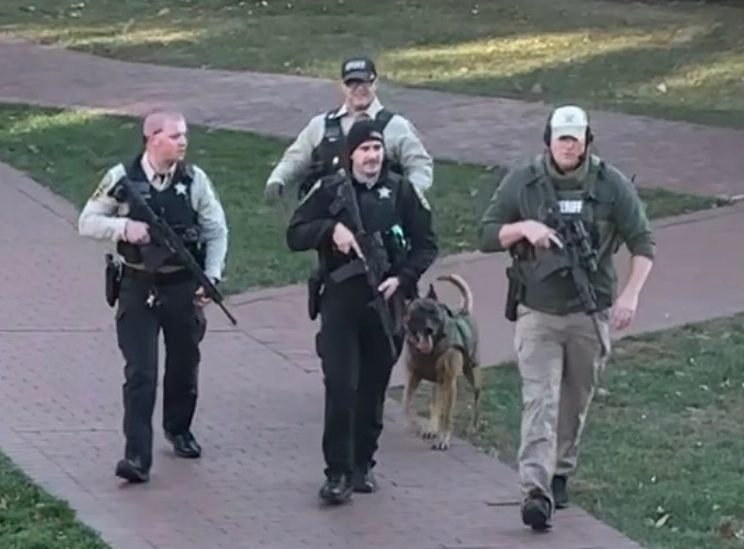
Members of the campus community are still frustrated, and even angry, that the same questions they had on Nov. 1 are still unanswered.
“That’s the thing with crisis: it doesn’t just end, it smolders,” said Ady Dewey, a visiting professor of strategic communications. She previously taught at Bridgewater College and was there when two officers were killed by an active shooter in February.
Dudley’s statement said the threat was anonymous and unlikely to have come from the campus community. Since then, local law enforcement and university public safety officials have directed all inquiries about the lockdown to the university’s communications department. But no additional statements have been released, and police reports have been withheld because officers say the investigation is ongoing.
Professors, students and their parents still want answers — and reassurance that the campus will be more prepared if a similar threat occurs in the future.
Why did some students and professors not feel prepared?
Toni Locy, a journalism professor, said professors had “woefully inadequate” preparation to feel safe during the lockdown.
She attended an optional safety training this fall where Craig VanClief, director of Public Safety, showed a video filmed at Ohio State University about how to evacuate or hide during an active-shooter crisis. There were no discussions about how to adapt specific strategies to Washington and Lee’s campus, Locy said.
“It felt like more of a meet and greet [with VanClief] than the nuts and bolts about what to do in an emergency,” Locy said. “I now know the university is not going to help us figure this out. We’re on our own.”
The training is only required for new employees, Drewry Sackett, the university’s executive director of communications and public affairs, said. All other faculty, staff and students are encouraged to “familiarize themselves with, and bookmark, the university’s Emergency Management website,” she wrote in a statement.
The Emergency Management Plan on the site is a 41-page document that outlines how the university plans to respond to various crisis situations.
During a threat like the one on Nov. 1, students and employees should shelter in place, lock the doors and barricade as necessary, according to the document.
Many professors said the doors of their classrooms could not be locked from the inside, and their best solution was to push chairs and desks against the entrance.
If students or employees find themselves in an “unsecured area” during a threat, the document advises them to “immediately seek protection” inside.
But when the first emergency alert message was sent at 3:45 p.m., all campus buildings’ external doors were automatically locked, and students and employees could not use their ID cards to swipe into buildings like normal. That means anyone outside had to stay outside unless a Public Safety official was nearby to unlock doors.
Dominica Radulescu, a comparative literature professor, said students and employees not originally from the United States felt even more confused than those who have at least experienced active shooter trainings in U.S. high schools or workplaces.
“For immigrants like me, this is even more scary, more terrifying,” she said.
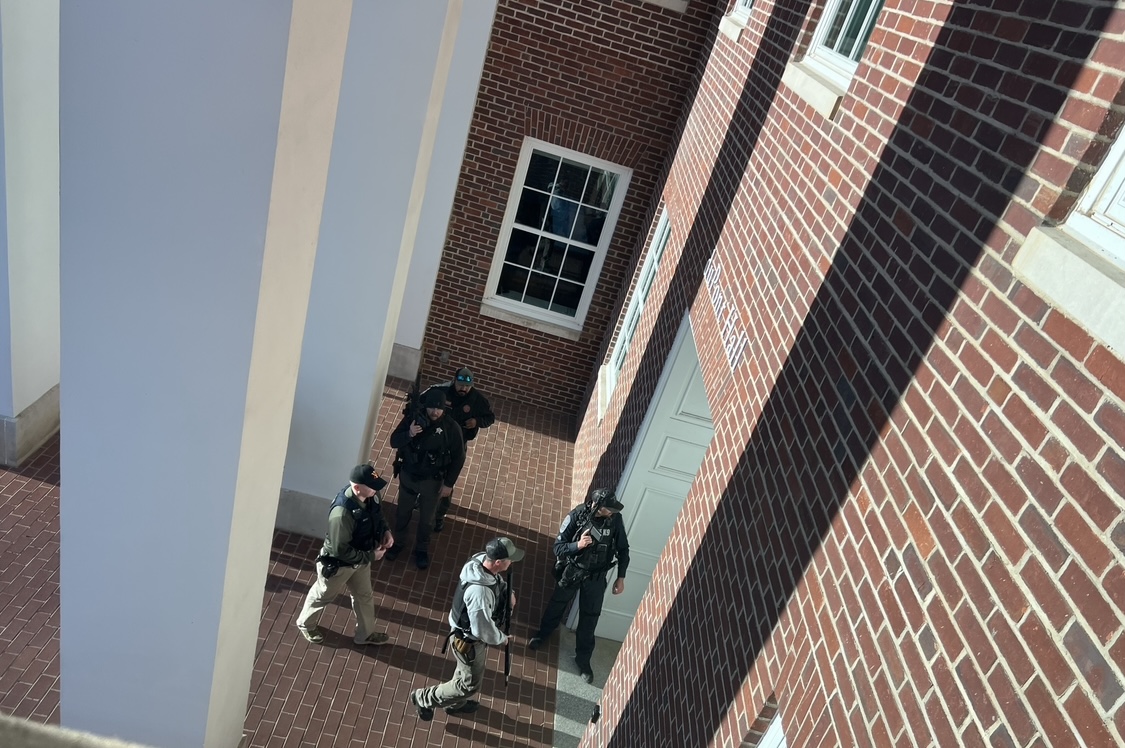
Tshering Mendrel, ’26, originally from Bhutan, said he was confused by the vague “possible threat to campus” mentioned in the first university alert message. The use of the term “shelter in place” made some international students think it was a weather emergency, he said.
“For the longest time, I thought it was a hurricane,” he said. “A shooting threat like this has never been real to us.”
Skepticism about the building-by-building search
Although police confirmed no active violence on campus by 4:30 p.m. on Nov. 1, shelter-in-place orders remained in effect until 7:23 p.m. while law enforcement officials conducted a building-by-building search, according to university alert messages.
Some classrooms were searched by armed officers. Students and employees said they saw law enforcement officials carrying assault rifles out of their holsters and holding them at eye-level when entering rooms.
Melos Ambaye, ’25, said police were only walking through buildings “for the optics of it.” When an officer entered her classroom in the library, she said, he barely cracked open the door and just asked students if they were okay.
Dewey, who was locked down in her office in Reid Hall, said she watched officers from her window as they casually talked outside. She never saw police enter the building, she said.
“It was clear from their demeanor that there was no emergency,” she said.
VanClief did not respond to a request for comment about the search.
Missing details about the threat
The type of threat was never disclosed in the campus alerts or official statements.
A source with knowledge of the situation said the anonymous email made general threats of violence and mentioned guns and grenades.
But Lexington City Manager Jim Halasz, who heard about the situation from Lexington Police Chief Angela Greene, said he thought the threat involved “a potential bomb or explosive device.”
Some even worried that there was active gunfire on Nov. 1 after police rushed to Davidson Park. A university statement confirmed that it was fireworks that were mistaken for gunshots.
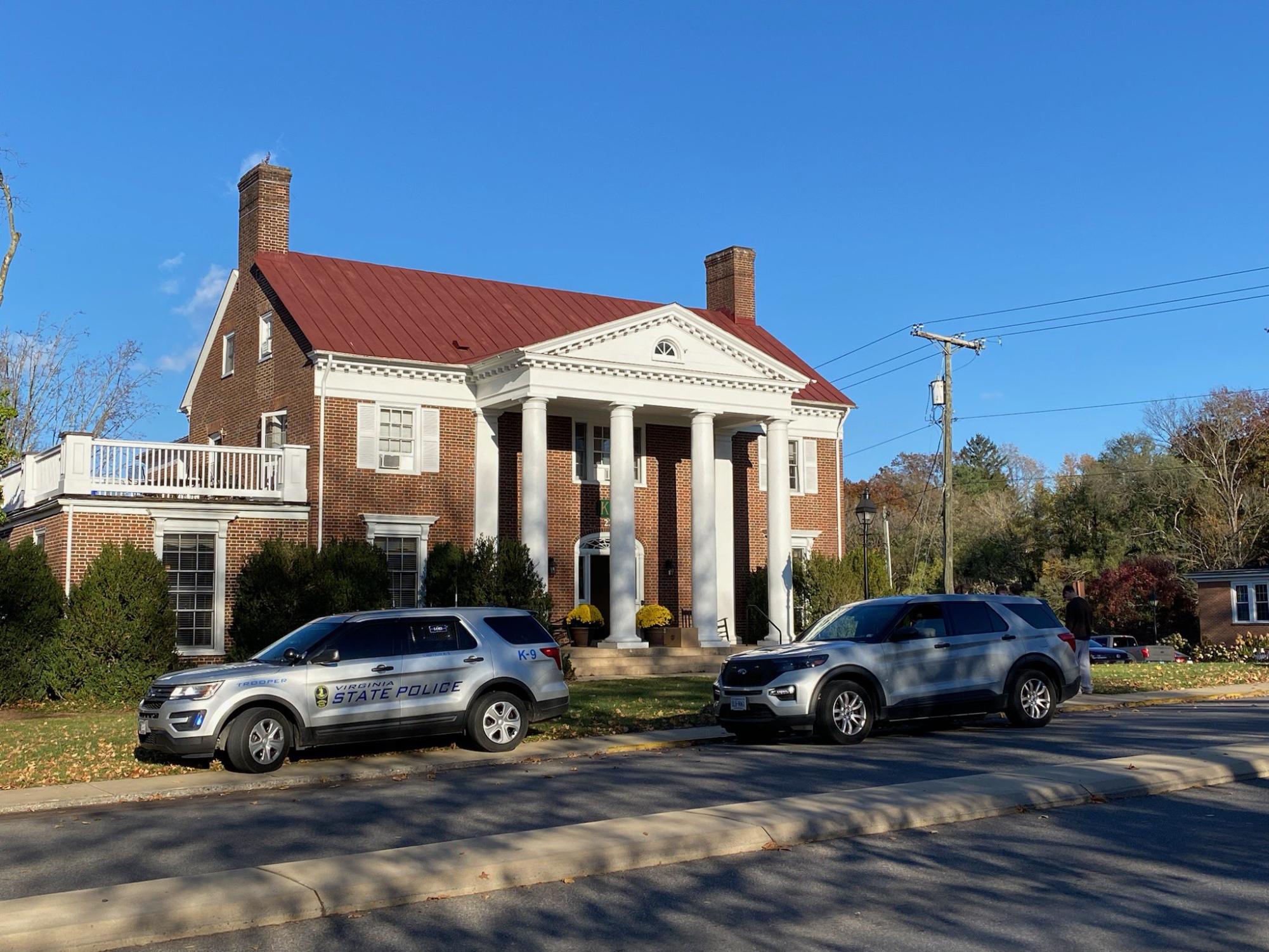
Two house directors of fraternities at Davidson Park, along with eight students who live there, declined to comment on the situation.
Don Beeler, CEO of TDR Solutions, a technology company that counters and prevents threats in schools, said 11 colleges received threats in October alone. In each situation, clear communication is key to prevent wide-spread anxiety, he said.
“My experience is that sharing more information makes people more comfortable and lowers their stress levels,” Beeler said.
Concerns dismissed by the university
Locy said that Dudley was “dismissive” toward multiple faculty members during a meeting on Nov. 6. He was on a plane during the lockdown, yet he told professors that the situation on campus was handled well, Locy said.
She said Dudley dismissed a call for review of the situation. He instead said that the university will continue with a comprehensive safety review that is already in progress.
Professors, students and parents said they are frustrated by the lack of specific information contained in university statements released on Nov. 1 and 2.
“As an alumni, I feel strongly that the university needs to be forthcoming with what exactly transpired today,” Deborah Munson Ealer, a parent of a Washington and Lee student, said on Facebook.
According to Radulescu, the Nov. 2 statement was “terse and uninformative.”
“A campus, a community, that was so shaken needs more than an email,” she said.
Parents of Washington and Lee students also said the university should improve its emergency preparedness by supplying classrooms with door locks and trauma kits and implementing safety trainings.
“I would like to see uniform practices across the entire campus on what needs to happen in crisis situations, so everyone feels confident and capable,” said Wendy Randall Wall, a parent, in an interview.
Dewey said communication after a crisis is just as important as communication during it.
“Crisis communication cannot stop once a crisis is over,” Dewey said.



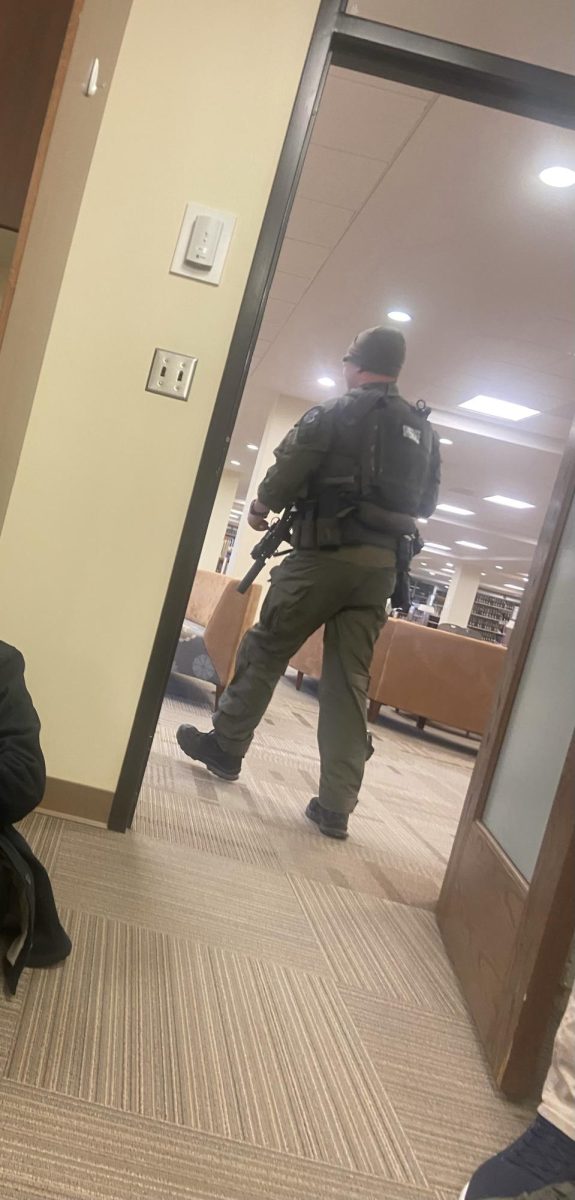
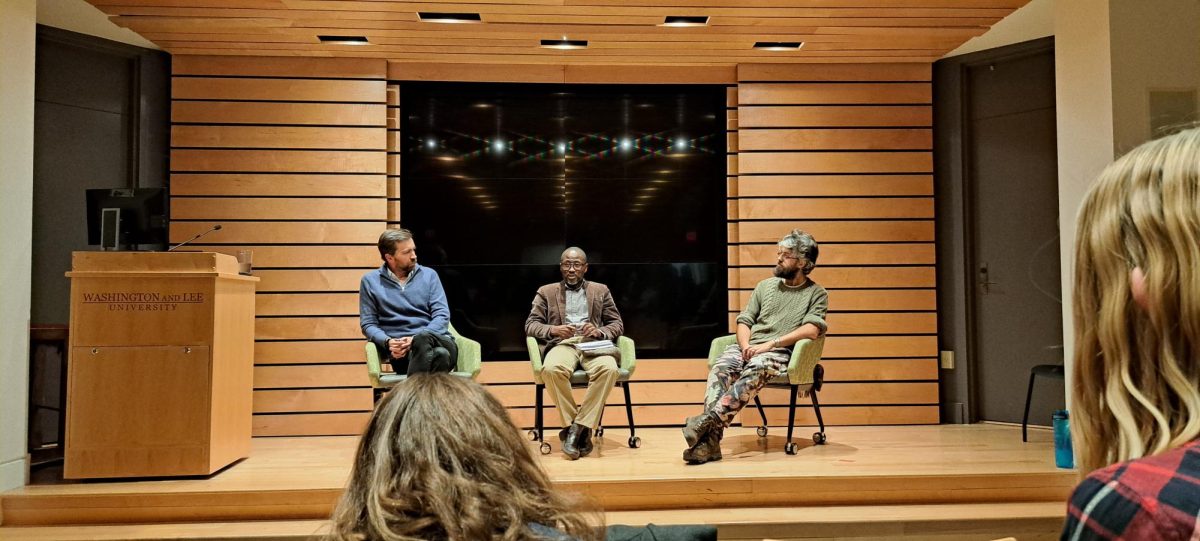
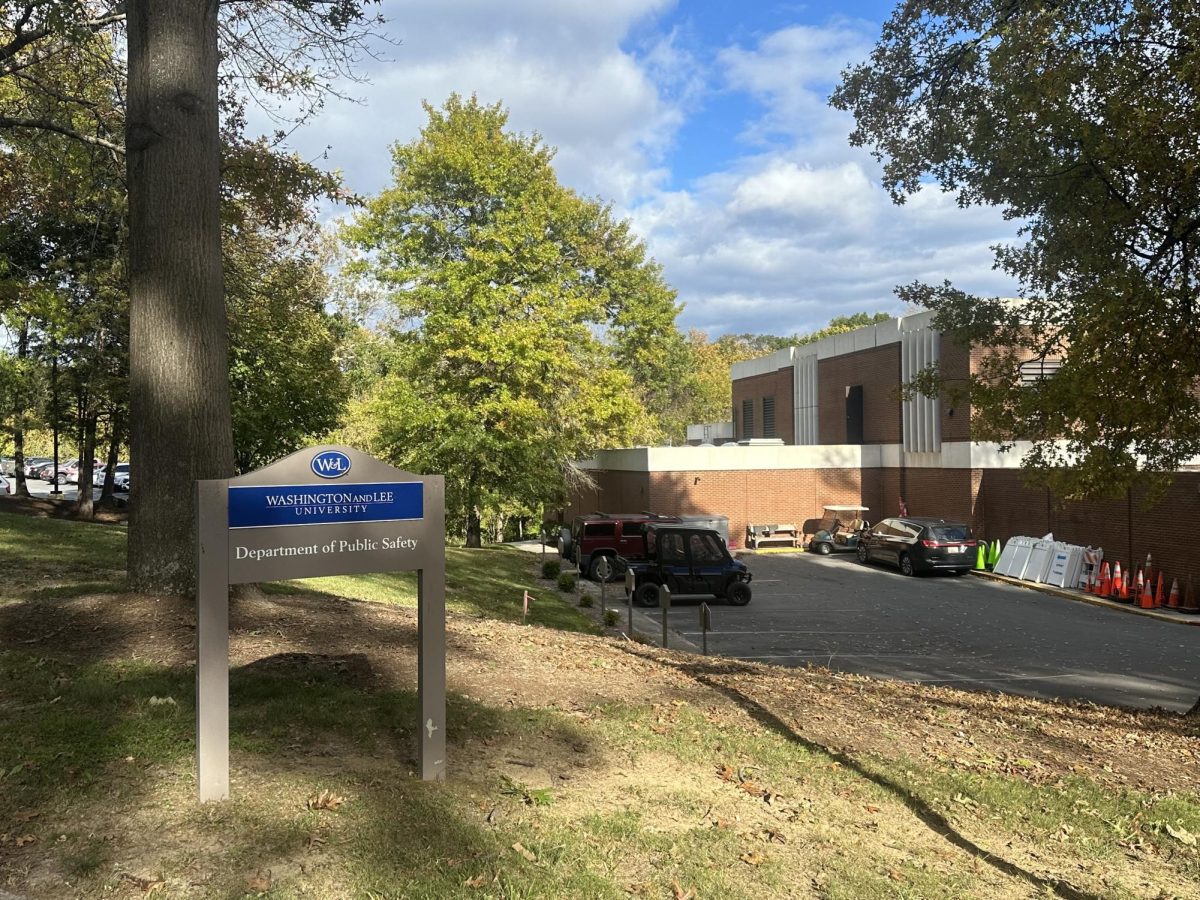
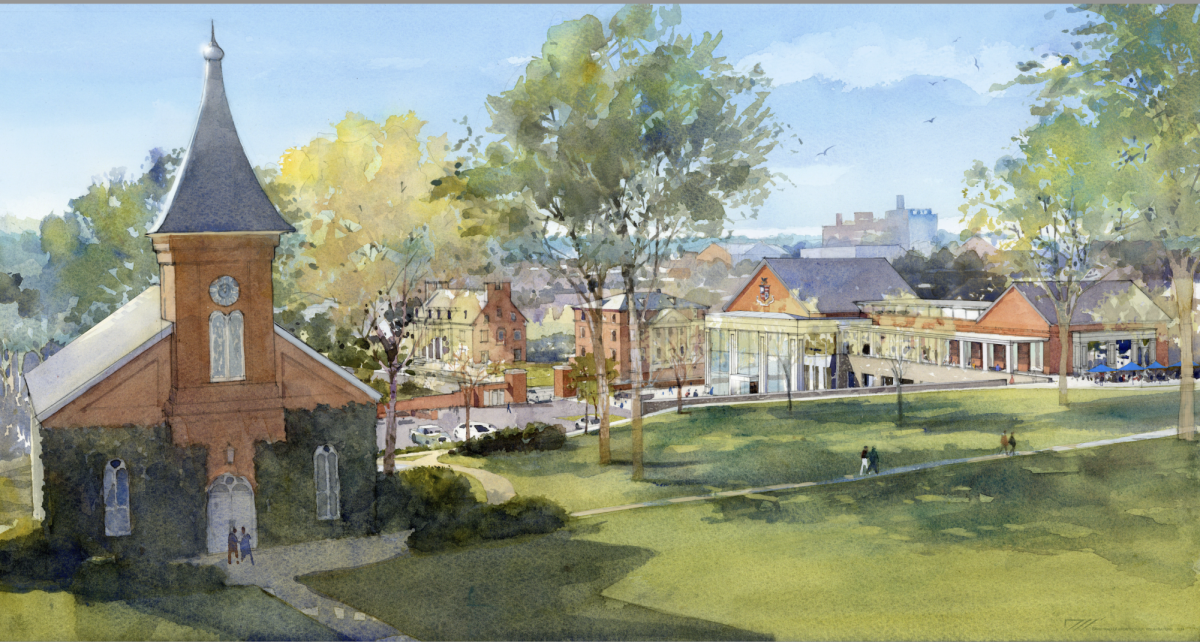
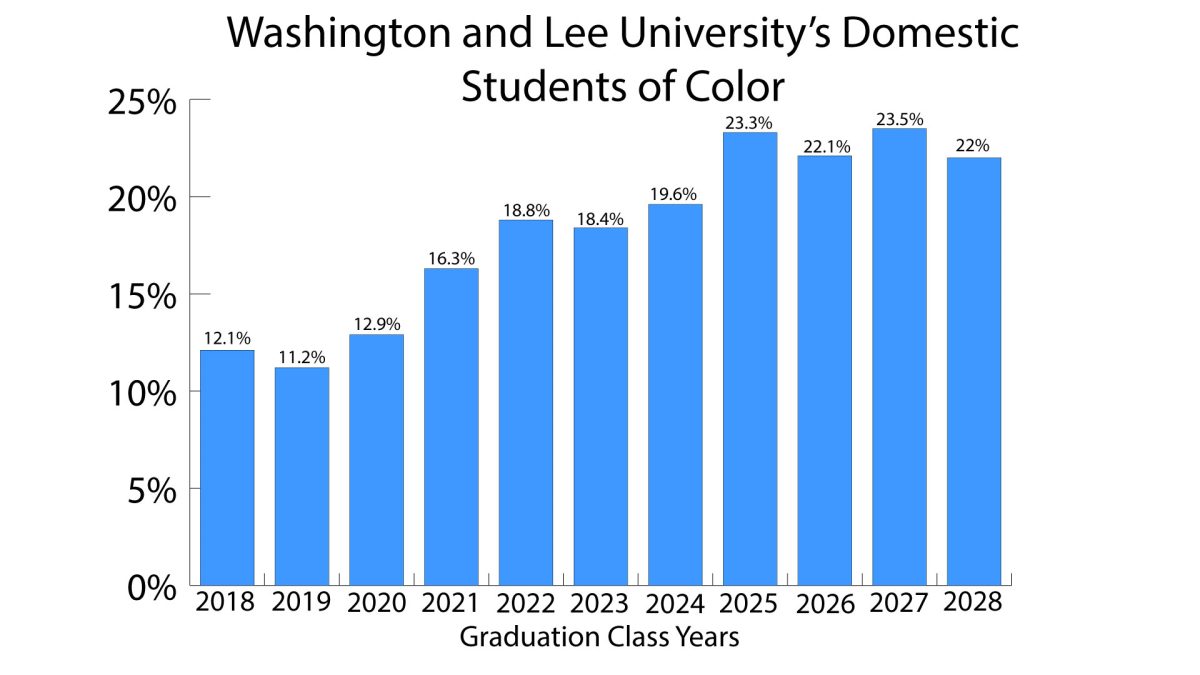
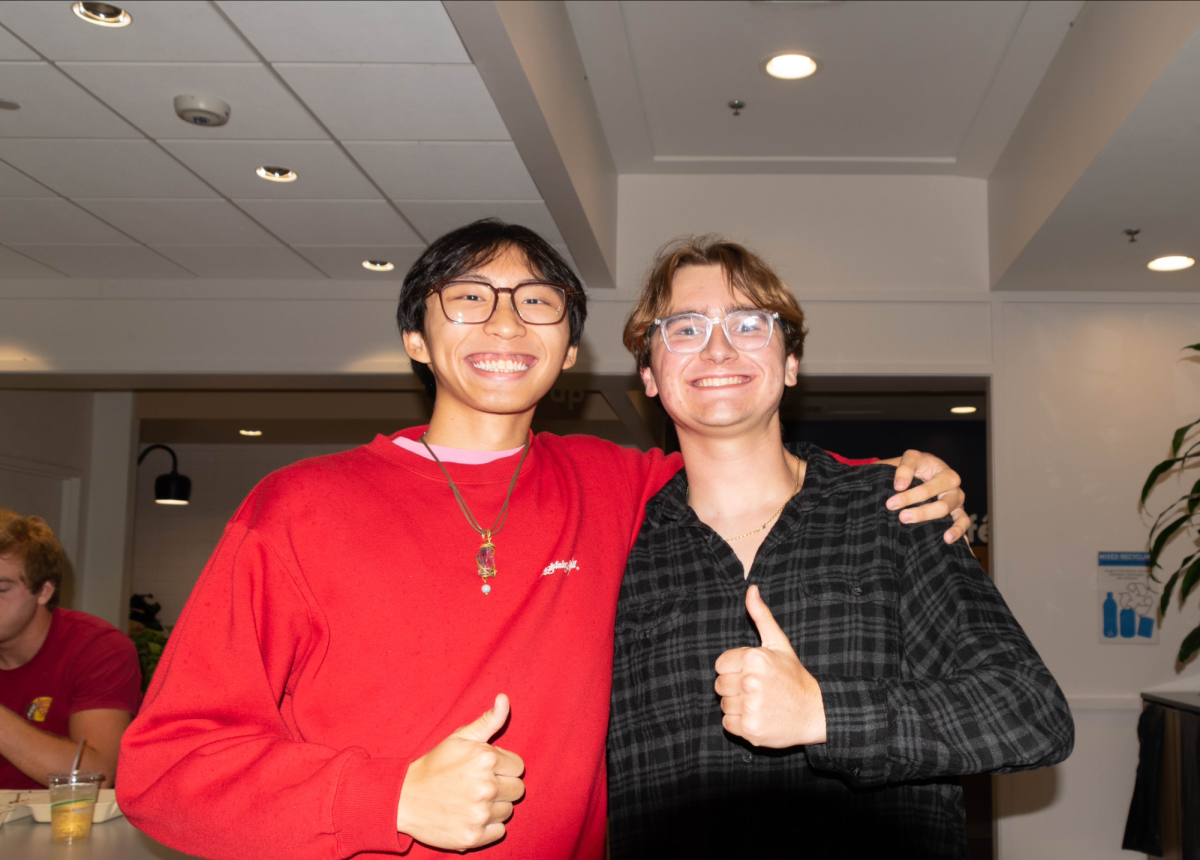
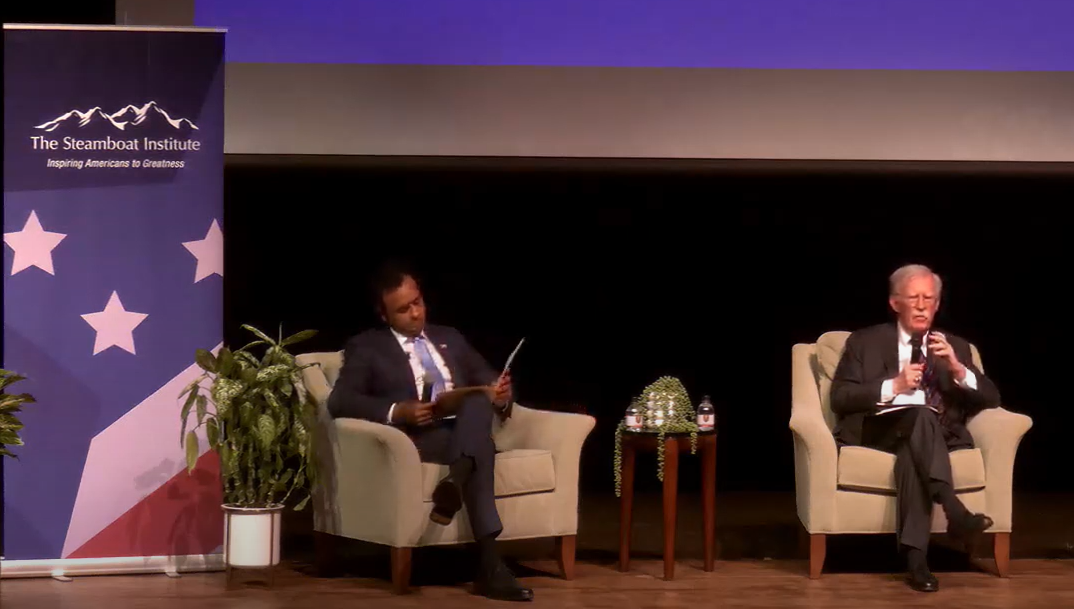


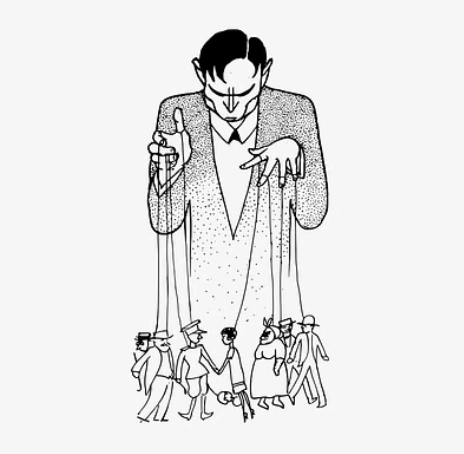
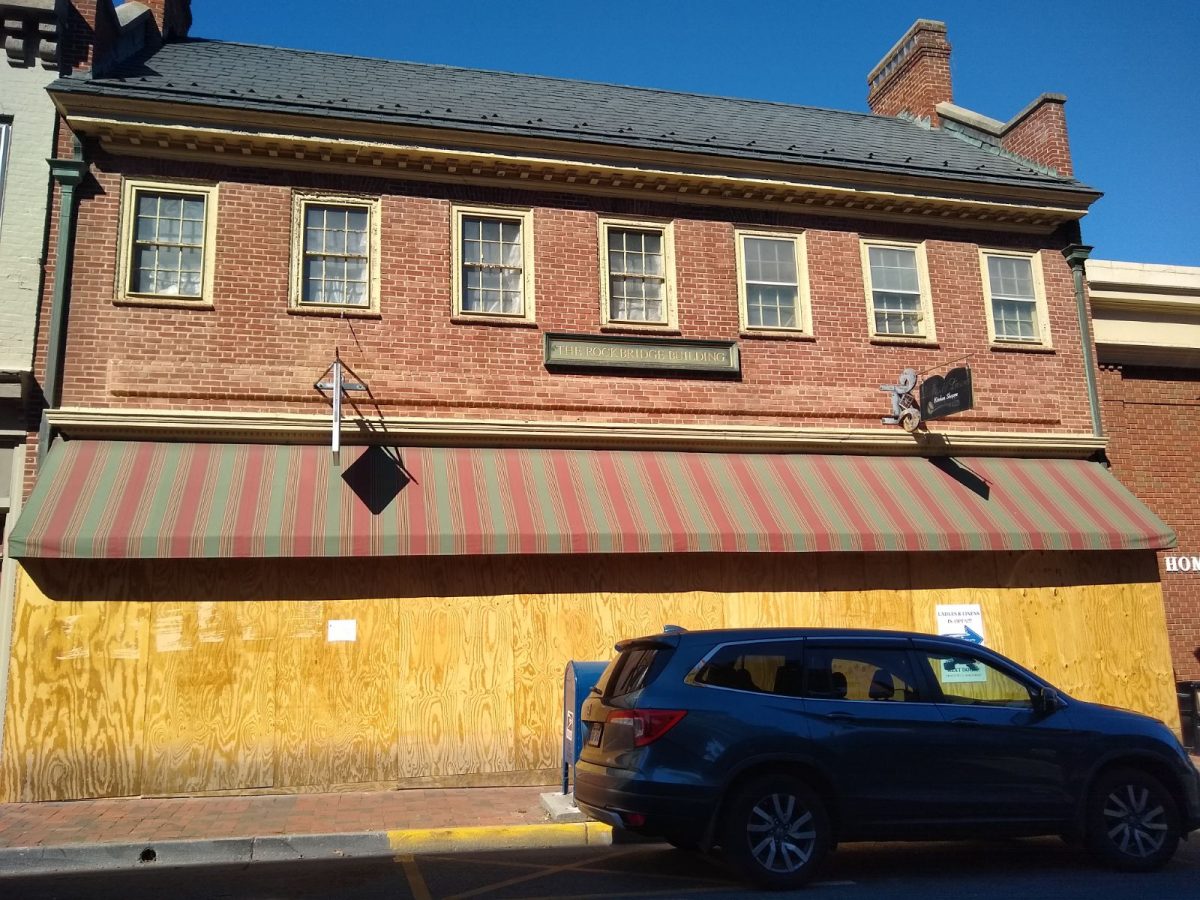
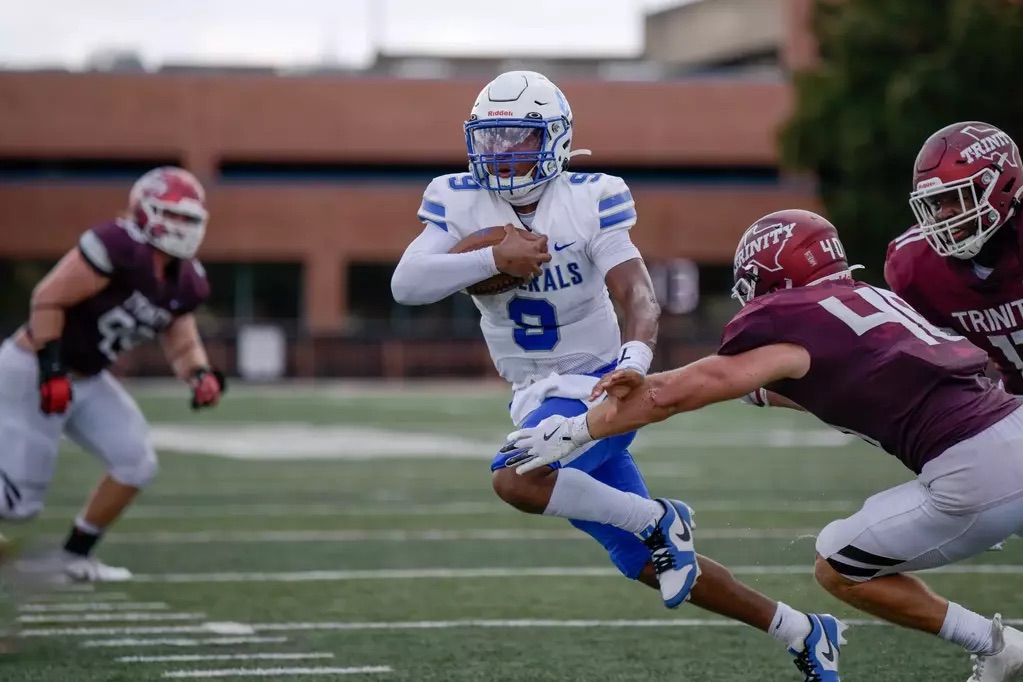
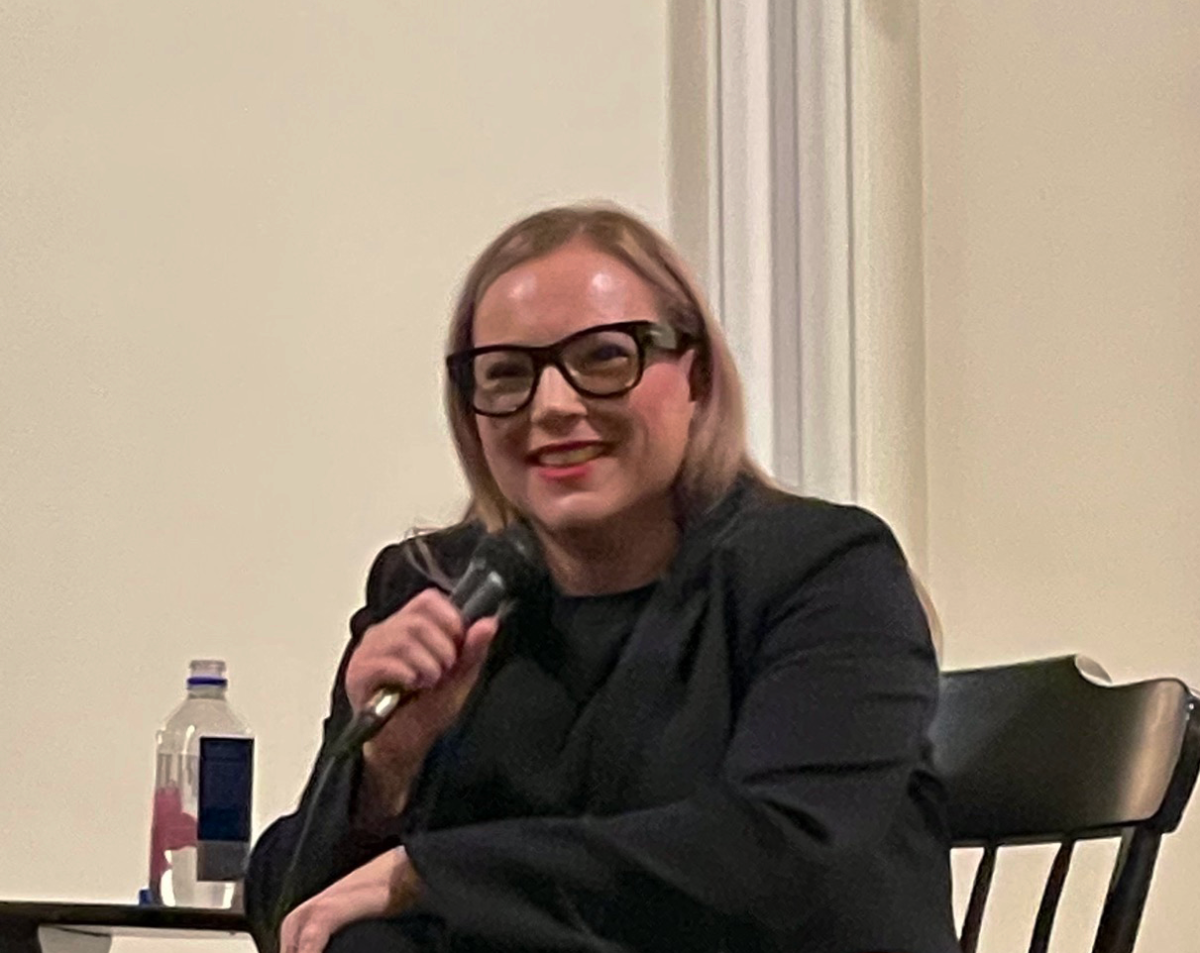

Lee Landers • Nov 18, 2023 at 9:15 am
This is great reporting. Keep asking the questions and writing to keep us better informed. The school does need to communicate more, especially about the lack of planning.